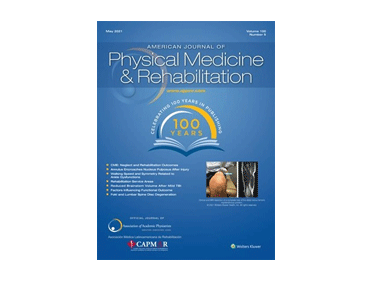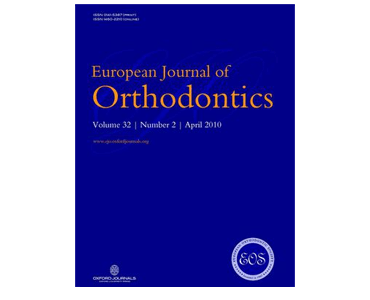Variation of the Face in Rest Using 3D Stereophotogrammetry. TJJ Maal, LM Verhamme, B van Loon, JM Plooij, A Kho, FA Rangel, W Borstlap, SJ Bergé
Date: November 2011. Source: International Journal of Oral and Maxillofacial Surgery, Volume 40, Issue 11, Pages 1252-1257. Abstract: To evaluate treatment outcomes following oral and maxillofacial surgery, pre- and post-treatment three-dimensional (3D) photographs of the patient’s face can assessed, but this procedure is accurate only if the face is captured with the same facial expression…







